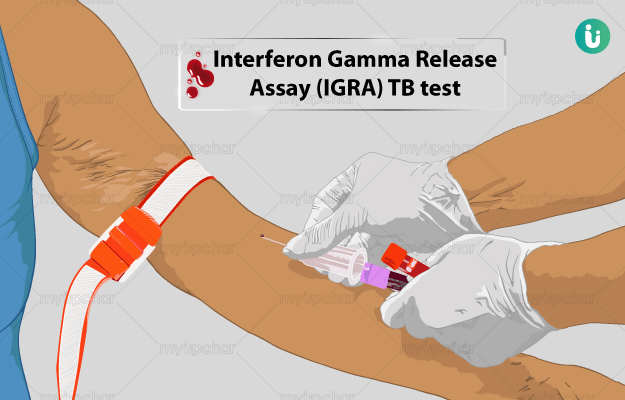What is Extractable Nuclear Antigen (ENA) Antibodies panel?
An ENA panel analyses your blood for the presence of autoantibodies that react with any of the six proteins present inside the nucleus of the cell (an organelle present in cell). These proteins include ribonucleoprotein (RNP), Smith (Sm), SSA, SSB, Scl-70 and Jo-1. Together, they are called “extractable” because they can be separated from the nucleus using saline (a mixture of salt and salt).
Antibodies are special proteins that your immune system makes to fight against harmful microbes and other harmful substances (called antigens). In an autoimmune disorder, the immune system malfunctions and produces antibodies that attack body’s own tissues, causing inflammation and tissue damage. These antibodies are called autoantibodies.
The presence of one or more ENA indicates the presence of specific autoimmune disorders.
The ENA panel looks for the following:
- Anti-RNP antibodies: These antibodies are produced against ribonucleoproteins (RNP) - a complex between RNA and proteins. RNA is a messenger molecule that transfers the information from your DNA outside the nucleus. It is observed in people with autoimmune disorders like systemic lupus erythematosus (SLE), mixed connective tissue disease and progressive systemic sclerosis. Anti-RNP antibodies are found alone in mixed connective tissue disease and along with anti-Sm antibodies in SLE.
- Anti-Sm antibodies: This antibody is produced against Sm protein or smith antigen. It is almost only seen in people with SLE but is not present in all people with the disease. Anti-Sm antibody is found in about 20% of people with lupus and in less than 1% of healthy people. Since it is rarely found in people with other autoimmune disorders, anti-Sm antibodies test is used to confirm the diagnosis of SLE.
- Anti-SSA and anti-SSB antibodies: These antibodies are used to diagnose an autoimmune disease called Sjögren syndrome. If Sjögren syndrome occurs alone, it is known as primary Sjögren syndrome, and if it occurs with other autoimmune conditions, it is known as secondary Sjögren syndrome. Sjögren syndrome can be diagnosed when both anti-SSA and anti-SSB antibodies are present. Although both antibodies are seen in more than 50% of people with primary Sjögren syndrome, they are only found occasionally in secondary Sjögren syndrome associated with rheumatoid arthritis. In fact, anti-SSB antibodies are only seen in primary Sjögren syndrome. Thus, these antibodies are also helpful in distinguishing between primary and secondary Sjögren syndrome. Additionally, anti-SSA antibodies are found in about 25% of people with SLE.
- Scl-70 antibody: Scl-70 antibody is also known as topoisomerase 1 antibodies since they are formed against the enzyme topoisomerase present in the nucleus of body cells. Topoisomerase helps in the replication of DNA. This antibody is used for the diagnosis of scleroderma, also known as systemic sclerosis. Progressive systemic sclerosis affects different systems, like the skin, heart, lungs, kidneys and digestive tract, and is more common in women. Anti-Scl-70 antibodies are present in 15%-20% of people with scleroderma.
- Anti-Jo-1 antibody: These antibodies are also known as anti histidyl transfer synthase antibodies. They formed against the enzyme anti histidyl transfer synthase, which helps in the formation of proteins in body. Anti-Jo-1 antibodies are present in people with autoimmune pulmonary fibrosis and in a small number of people with autoimmune myositis.













